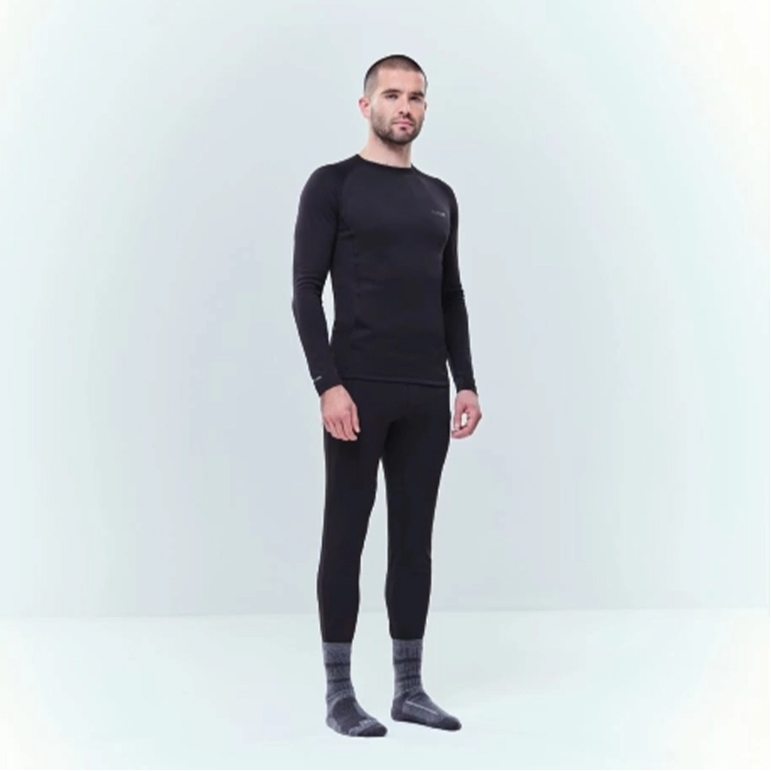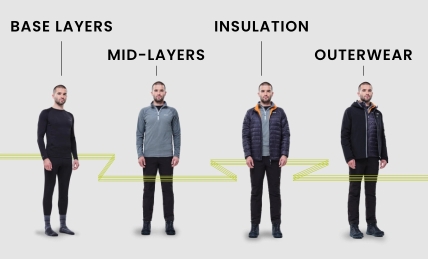
Regatta Layering Guide
At Regatta Great Outdoors, our goal is always to inspire everyone to have good times outdoors and enjoy it their way. Our 42 years’ experience combined with our passion for the outdoors enables us to develop innovative technologies and products to suit any adventure.
When it comes to dressing for changeable weather it’s important to understand what a good layering system is and how to do it right. It could be a surprise cold snap or an unexpected downpour of rain – either way, the right wardrobe will help keep you dry, regulate your body temperature and make sure you are comfortable, regardless of the occasion.
This guide aims to help you understand the principles of layering and why they are an essential element of your outdoor adventure wardrobe.
The Layering System
The key to layering follows a 4-step system which provides an adaptable outfit that is ready for all weather conditions.
First up, the base layer - the foundation of any practical outfit. Your base layer will provide some warmth and should also ‘wick’ or draw moisture away from the body. As a general rule of thumb, it’s best to avoid cotton in your base layer. It will soak up any moisture and store it in the fibres, as a result making you feel cold and sweaty. Instead, opt for a breathable polyester fabric base layer as they are lightweight, quick drying and more abrasion resistant.
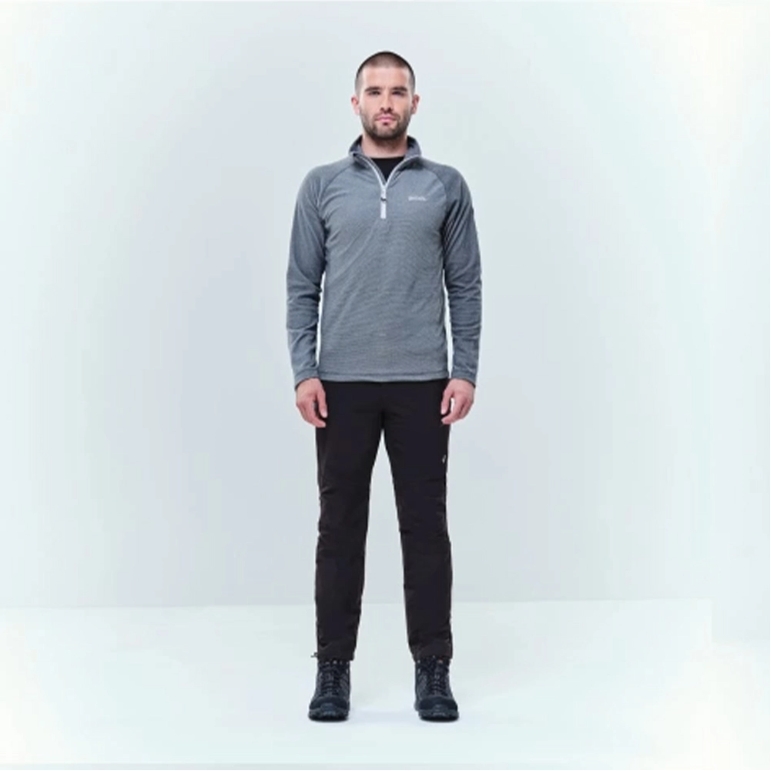
A mid-layer can work great on its own to combat mild weather or underneath your favourite jacket for some extra warmth. Regatta have a vast selection that can work well for you all year round, consisting of fleeces and light softshell jackets, all with different benefits depending on your chosen activity and time of year. A fleece features air-trapping filaments to capture and retain warmth whilst softshells are ideal layering pieces due to the tightly woven fabrics that help shield you from the wind.
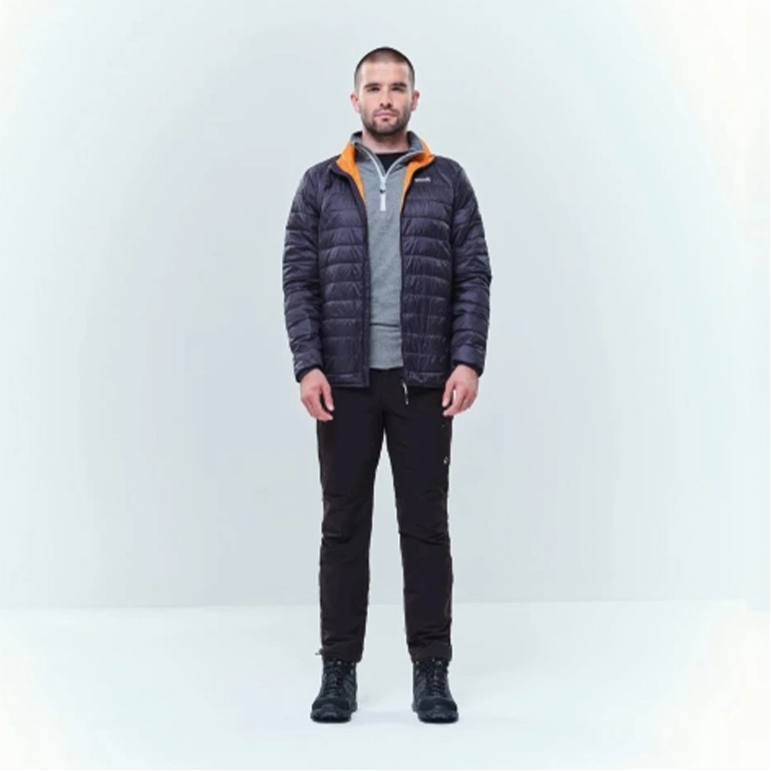
Insulation is an integral ingredient to time spent outdoors and a key step in the layering system. It is designed to provide warmth and comfort. The level of insulation will depend on the fill type, ranging from lightweight, easy-to-carry compressible jackets to heavyweight jackets for maximum warmth in colder climates. Every insulated jacket features water-repellent fibers to keep you warm when wet, and you can take a deeper dive into Regatta’s insulation technologies.

The primary purpose of the outer layer is to protect you from what’s outside i.e., the wind, the rain and the cold. Regatta’s waterproof and breathable outers allow sweat and water vapour to escape from the body, keeping you comfortable and dry. Regatta’s innovative Isotex technology is a high performing technology that protects from the rain and uses durable water beading. Pair that with taped seams and water repellent finish, you can be confident you will stay dry and comfortable all-day outdoors.
Conditions of Layering
When browsing for the perfect layering pieces to suit you and your needs, you need to first evaluate your environment. What kind of terrain will you encounter? Will there be a steep incline? And perhaps most importantly, what does the weather forecast look like? Selecting the right products for the right conditions will help to streamline your wardrobe and create an active capsule collection.
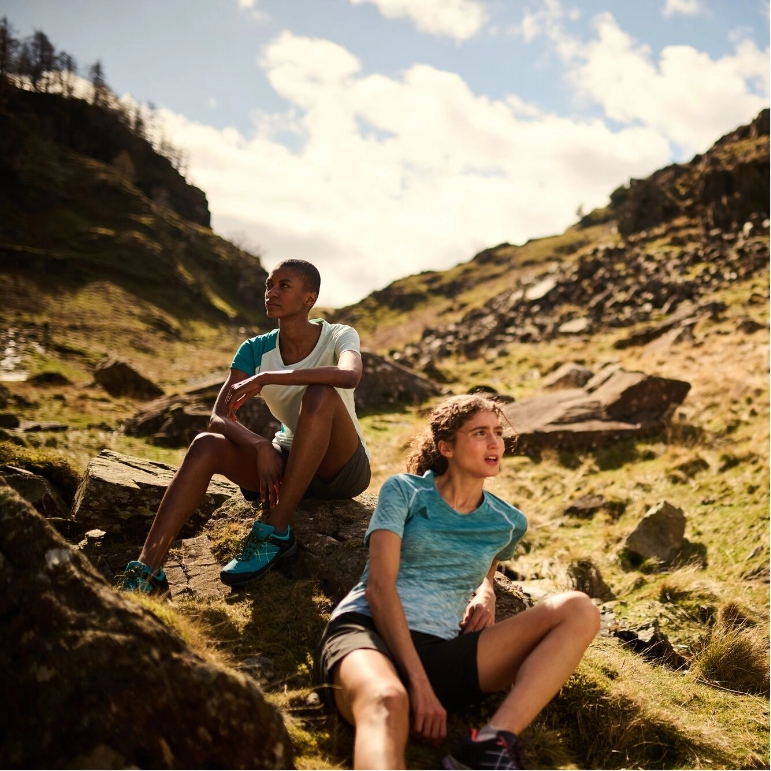
In summer, a light and breathable short-sleeve base layer is a must for keeping you comfortable and cool. Our garments that feature HeiQ treatment can help evaporate moisture, enhance performance, and keep you cool and comfortable. Polyester, lightweight layers with quick drying wicking properties are the number one choice in summer months. As we know the weather can be quite unpredictable and our handy packaway jackets are super convenient to stow away and protect you from unpredictable weather.
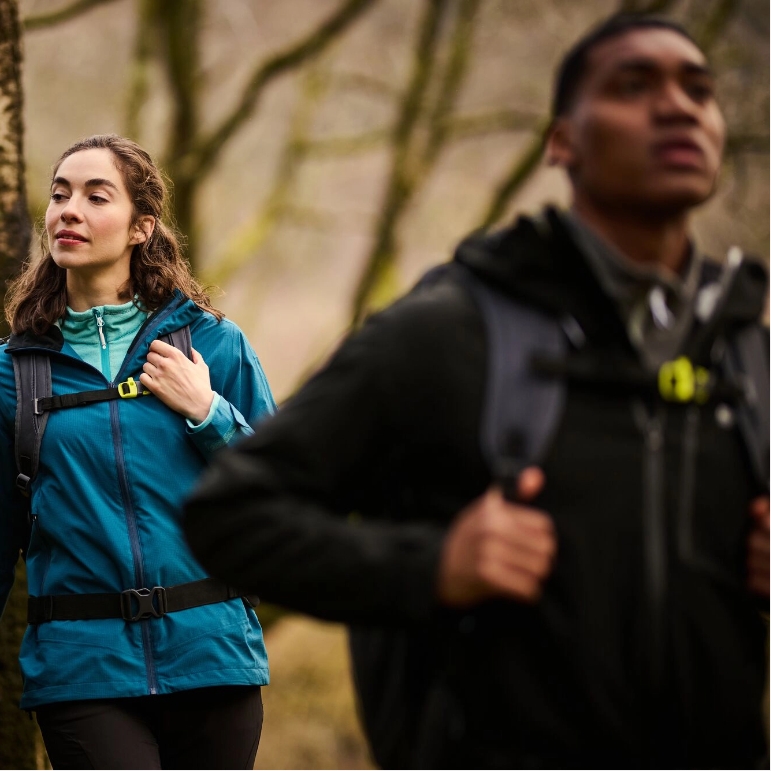
Believe it or not, cooler temperatures are ideal for hiking certain terrains as you are less likely to overheat, will perform better and if you choose your layers right, are ready for whatever forecast might be coming your way. A fleece like the Montes combined with a long sleeve base layer will beat the chill if it's especially cold, and a waterproof and breathable coat in your rucksack in case of an unexpected shower. If it’s a windy day on top of the mountain, a windproof softshell will be your best friend.
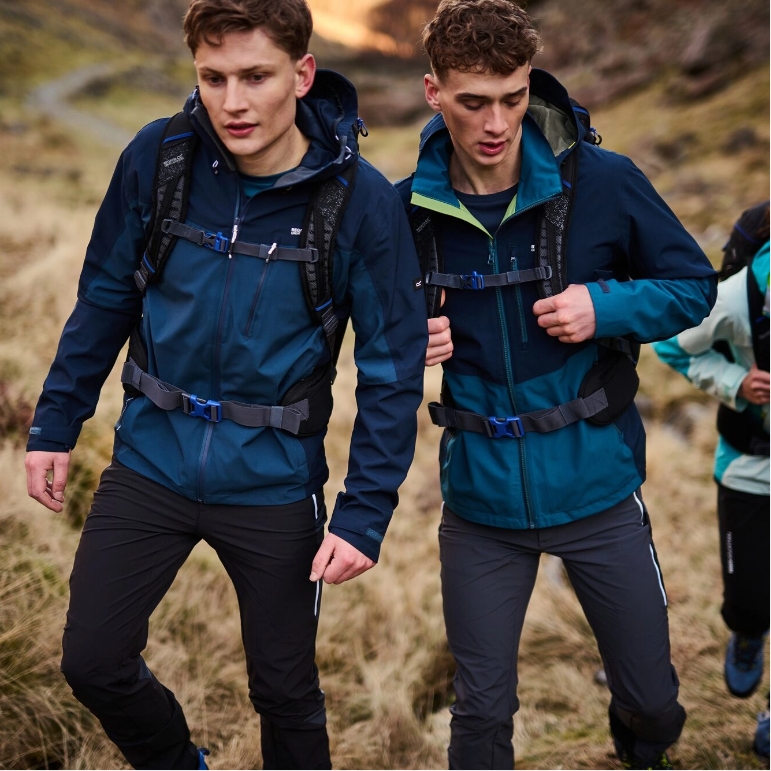
For windy walks, softshell jackets are your best friend as they are wind-resistant and repellent. If it’s a particularly wet and windy day outside, we recommend a softshell XPT which has a waterproof membrane and combined with wind resistant properties, is also a waterproof fabric to help combat any rainfall. Softshell jackets are also great for allowing movement, so can act as a very flexible addition to your wardrobe. Not just for hiking and walking, our softshell jackets are an ideal layer for the school run, the morning commute or a winter weekend in the city.
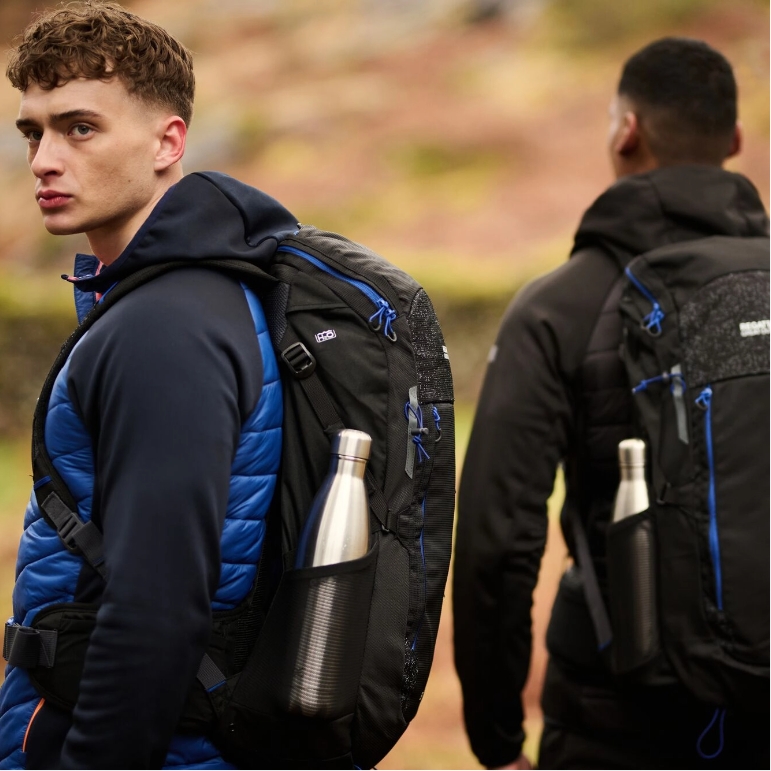
When cold weather strikes, you'll need a combination of layers to keep warm, dry and comfortable. Your base layer will keep you warm and fresh, whilst your mid and outer layers will do most of the performance. Our Highton padded jackets are always a good option for even the coldest conditions, as they have all the benefits of a waterproof jacket with mid-weight insulation and when layered correctly, are a staple in any wardrobe.

Our innovative Isotex technology uses durable water beading technology to protect from wet weather. Pair that with taped seams and a water-repellent finish and you can be confident that you will stay dry and comfortable all day outdoors. If doing more ‘extreme’ activities - consider using a higher-rated waterproof and breathable jacket. Hydrostatic head ratings range from 5,000 to 15,000 depending on the garment, and details of which can be found on individual product pages.
Technologies & Fabrics
So now that you’ve gotten to grips with the basic principles of layering, let’s take a look at our innovative and high performing technologies across our range, helping you choose the right products to make sure you are adventure ready.
Waterproof Technologies





Insulated Technologies







